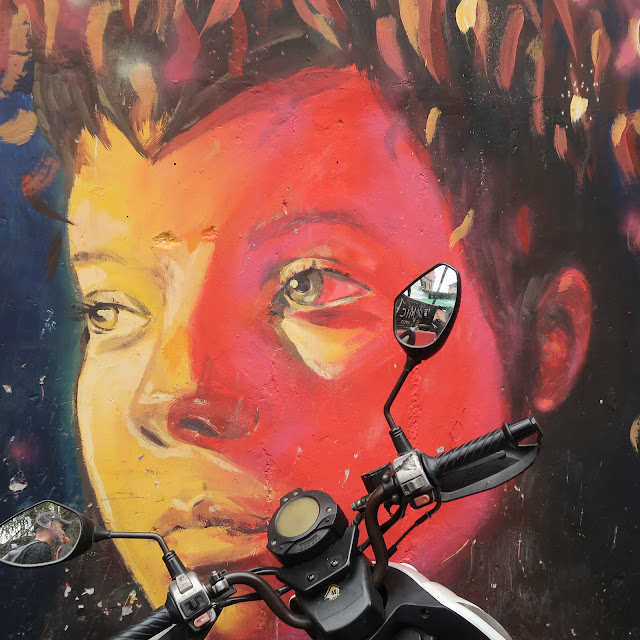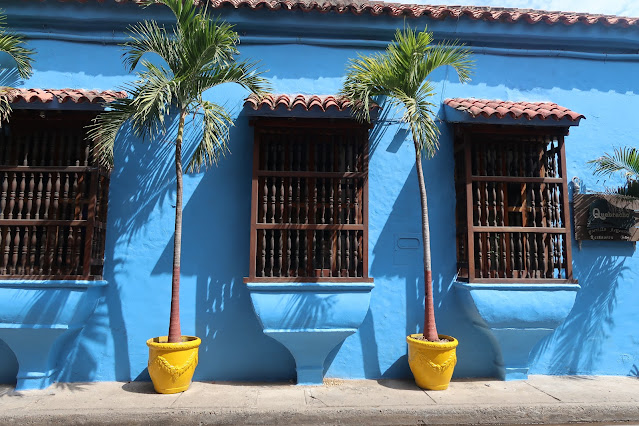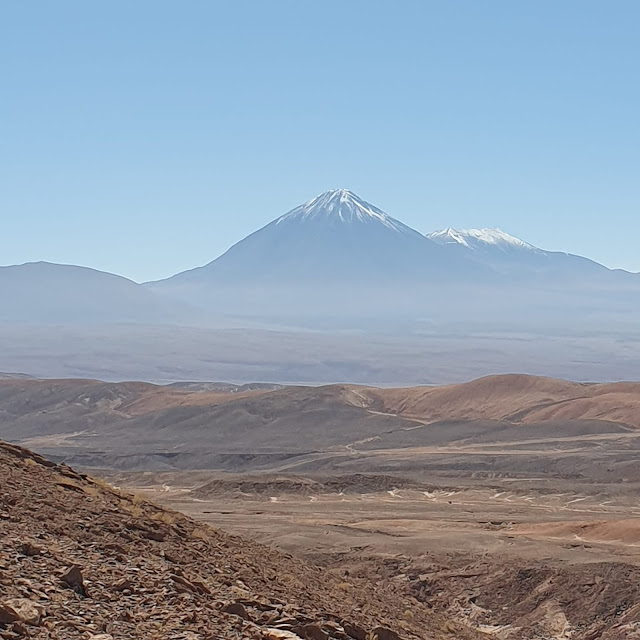Medellin and He Who Must Not Be Named
Medellin.....that's all guns, cartels and violence right? 20 years ago it did have the dubious honour of being the "Murder Capital of the World". Home of the infamous Pablo Escobar, made even more infamous in recent years thanks to Narcos on Netflix. Why go there on holiday? Well actually now it's a pretty cool place and is working hard to leave its grisly past behind. It definitely deserves being included in any Colombian itinerary and for all I was slightly concerned about going there it actually felt a welcoming and safe place, as safe as any large city anyway. There are no go areas of course and pickpockets are apparently rife but the same can be said of Barcelona.
We arrived after our first overnight bus journey which was actually surprisingly comfortable and I slept well. I've been on buses with madder driving (Kenya, Sri Lanka) but it definitely wasn't your National Express level of safety. I was quite glad of the dark so as not to be able to see the roads on which we were overtaking, I could just feel the bends and the speed.
We did a free guided walking tour of the downtown area to orientate ourselves both geographically but also historically and politically. The Botero sculptures were a delight; the story from the dark past to the current "transformation", inspiring and the tour guide, very professional and enthusiastic. He explained how he believed it is that so many Colombians appear so cheerful when they have lived through such violent and dark times, and it was all about hope, change and looking forward not backwards. He thanked us for not doing a "drugs and sex tour", yep they are a thing, and he wouldn't use Pablo Escobar's name as passers by would not be happy.
We ended the tour in a square where there are two Botero bird sculptures. One whichin 1995 had had a terrorist bomb hidden in it during an outdoor concert, killing 30 people and injuring another 200. Botero was defiant and insisted that the damaged bird remain there, he gifted another identical one to the city. They are known as the Bords of Peace and the names of all the dead are engraved below. It struck me as a very strong symbol of how far Medellin, and of course the rest of Colombia, has come over the last 25 years and how resilient and willing to move forward positively it's people appear to be.
The following day we took another tour, this time to Comuna 13, one of the neighbourhoods (barios) that are built up the steep sides of the valley. Comuna 13, like other barrios in Medellin came into being as people were displaced from the countryside by the conflict between FARC and the paramilitaries. They arrived in the cities, as refugees still do today, with very little and built what they could where they could. The result is an enormous sprawling city of poorly built shacks some built on top of each other.
These neighbourhoods being on the edge of the city became the route in and our for the cartel to move drugs as well as being a stronghold for guerrillas and paramilitaries. Comuna 13 became one of the most violent neighbourhoods in the most violent city in the world. When Escobar was killed on 1993 it left a power vacuum and the violence and lawlessness continued or became worse. In 2002 the President ordered a brutal and controversial raid on Comuna 13, Operation Orion, using 3000 troops backed by helicopters. There are official and unofficial figures about how many were killed but there are still bullet holes to be seen and people missing.
Since then the government have set about improving the area. Its geography made it difficult for people to leave to seek work or leisure in other places but by investing seriously in infrastructure - escalators and an impressive metro system and cable car network, they have successfully changed this.
The place started to become safer, though it is still best to go with a guide, and street artists have taken over There is some incredible graffiti, much.of which depicts the happenings of 2002, street dance and street music
everywhere. This, I guess, gives the residents a sense of ownership and pride, gives young people something positive to engage with, other than gangs which are still strong, and of course brings in the tourists and money too. Sadly, presumably catering to some of these tourists, there are Tshirts with pictures of Pablo Escabar for sale.
The metro system definitely deserves a mention. Before it was opened there was a lot of marketing about how to use it and they have managed to engender a real pride in
it. There is "Cultur Metro" which means no eating, drinking, busking or graffiti allowed....and this is absolutely abided by. I dont think I have ever been on a cleaner more safe feeling travel network.
So on a lighter note, the ill one was recovered and felt he could attempt some salsa. We discovered an excellent dance club near to our accommodation that opened at the weekends, literally underneath a road junction/roundabout.
A bit like dancing under spaghetti junction. They did free classes on a Saturday night so we spent an hour learning the Bachata with a large crowd of students.....this was Social Academic Dance Club. We couldn't see very well or understand a word but we had a fun hour and the young people alongside of us were very keen to help. Let's just say we need some practice! This led into a social evening of
Rumba Crossover. I still don't understand what that is but they were all very good at it.
Sunday we took our lead from many families in Medellin and hopped on the cable car right up above the city to Parque Arvi, a bit like a UK suburban country park on steroids and at altitude. A pleasant walk, some excellent views and more money spent on "artisan goods" aka sparkly things as they are known in our family.
I make no apologies for this rather long post. I realise as I am writing it that Medellin has made an impact.

























Comments
Post a Comment